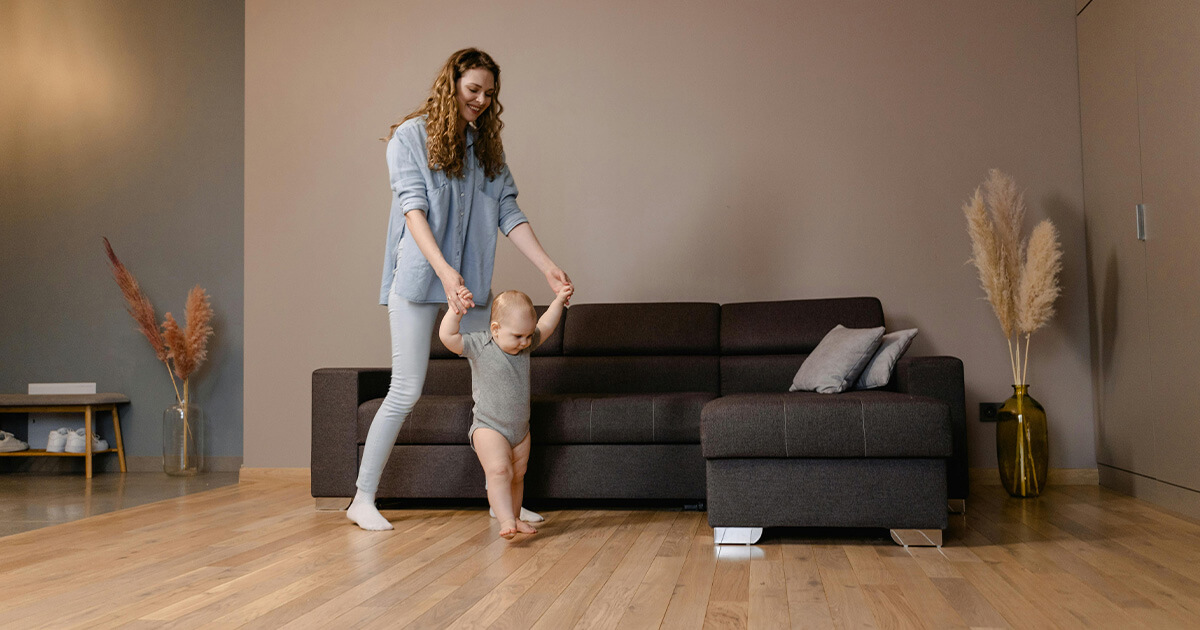Getting Baby to Sleep in Bassinet
Introduction
Welcoming a newborn into your home is a beautiful experience, yet it comes with challenges. One of the most significant hurdles new parents face is getting their baby to sleep in a bassinet.
This is a topic of utmost importance, as ensuring safe sleep is crucial for your baby’s health and well-being, and a bassinet can provide a secure sleeping environment. However, many parents struggle with this transition.

Getting Baby to Sleep in Bassinet blog post offers practical tips and insights to help your baby sleep peacefully in a bassinet.
Understanding Baby Sleep
Normal Sleep Patterns for Newborns
Newborns typically sleep for 16 to 17 hours a day, but this sleep is often broken into short periods.
Understanding these patterns is key to managing your expectations and creating a sleep schedule that works for your baby.
This knowledge will empower you to provide the best care for your little one, ensuring they get the rest they need for healthy development.
Factors Affecting Newborn Sleep
Various factors can affect newborn sleep, including hunger, diaper changes, and environmental conditions.
Sleep cycles and sleep regressions also play a role in how well your baby sleeps at night.
Setting the Stage for Bassinet Sleep
Importance of a Consistent Bedtime Routine
Establishing a consistent bedtime routine can signal to your baby that it’s time to sleep.
Activities like a warm bath, gentle rocking, and a lullaby can create a soothing environment conducive to sleep.
Creating the Ideal Sleep Environment
The right sleep environment is essential for getting your baby to sleep in a bassinet.
Ensure the room is at a comfortable temperature, use blackout curtains to keep it dark, and consider using a white noise machine to drown out background noise.
Bassinet Basics
Choosing the Right Bassinet
Not all bassinets are created equal. Look for one that meets safety standards and has a firm mattress.
Some bassinets come with additional features like rocking or vibration, which can help soothe your baby to sleep.
Understanding Safe Sleep Guidelines for Bassinets
The American Academy of Pediatrics (AAP) recommends placing your baby on their back to sleep, using a firm sleep surface, and keeping soft objects and loose bedding out of the bassinet to reduce the risk of SIDS.
Techniques for Transitioning to the Bassinet
Gradual Transition and Sleep Association
Start by letting your baby nap in the bassinet during the day. Gradually increase the amount of time they spend in it until they are comfortable sleeping there at night.
Consistent use can help associate the bassinet with sleep, making this transition smoother.
Addressing Common Sleep Challenges
Issues like reflux and the startle reflex (Moro reflex) can make it difficult for your baby to sleep in a bassinet. Elevating the head of the bassinet can help with reflux, and swaddling can minimize the startle reflex.
Troubleshooting and Tips for Success
What to Do If Baby Still Refuses the Bassinet
If your baby refuses to sleep in the bassinet, try different methods, such as using a white noise machine, ensuring they’re well-fed, and maintaining a consistent bedtime routine.
Sometimes, a change in the sleep environment can make a significant difference.
Establishing a Support Network
Parenting can be overwhelming, and it’s essential to seek support when needed. Consult with pediatricians, join parenting groups, and ask for help from family and friends.
Conclusion
Getting your baby to sleep in a bassinet may require some effort and patience, but the benefits of safe sleep practices are well worth it.
Remember to be consistent, and don’t get discouraged if progress is slow. For more personalized advice, consider booking a session with a professional sleep consultant.









